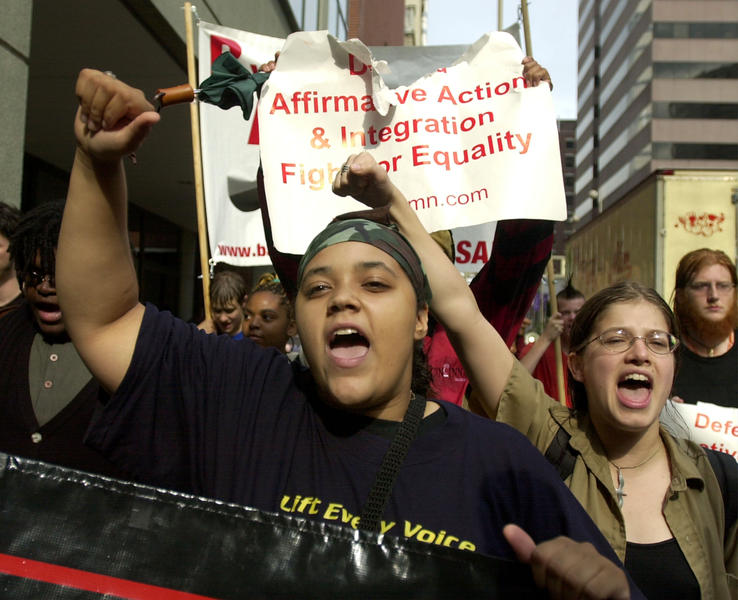
- Select a language for the TTS:
- UK English Female
- UK English Male
- US English Female
- US English Male
- Australian Female
- Australian Male
- Language selected: (auto detect) - EN
Play all audios:
Central bank underscores ills of government hemming it in. Upside risk to inflation remains due to “insufficient supply responses, exchange-rate passthrough, suppressed inflation and
expansionary fiscal stance,” the Reserve Bank of India (RBI) has said in its Macroeconomic and Monetary Developments Third Quarter Review 2011-12. In other words, governor Duvvuri Subbarao
continues to condemn the government for two crimes — an abject inability to structurally solve supply-side problems and pathological profligacy — due to which he is forced to carry the can.
So while moderating inflation will provide some space for monetary policy to address growth concerns - meaning Subbarao can and will ease interest rates to rev up the economy down the road —
this will be, at best, a temporary respite because there is no fundamental battle against inflation being fought, Mint Road alluded. All that means the street sees a status quo monetary
policy review on Tuesday. “Despite the Wholesale Price Index inflation having moderated to 7.5% in December (from 9.1% in November), the RBI is by no means relaxed about inflation, given the
trend in core prices and the likely passthrough from the recent sharp fall in the rupee,” wrote Taimur Baig and Kaushik Das, economists with Deutsche Bank, in a report a few days back.
Tushar Poddar, managing director and chief economist at Goldman Sachs India, concurs. “We expect the RBI to keep the repo rate unchanged on Tuesday,” he wrote, but believes a cash reserve
ratio cut of 25 basis points to ease liquidity could be on the cards. In order to tame high inflation, the RBI has hiked interest rates 13 times from March 2010 to October last by as much as
375 basis points. The RBI also said growth outlook has weakened as a result of adverse global and domestic factors, “so monetary actions will need to strike a balance between risks to
growth and inflation”. Growth, it said, has been impacted by lower external and investment demand, which may also act as a drag in the next fiscal. There has been a sharp decline in planned
corporate fixed investment since second half of 2010-11.










